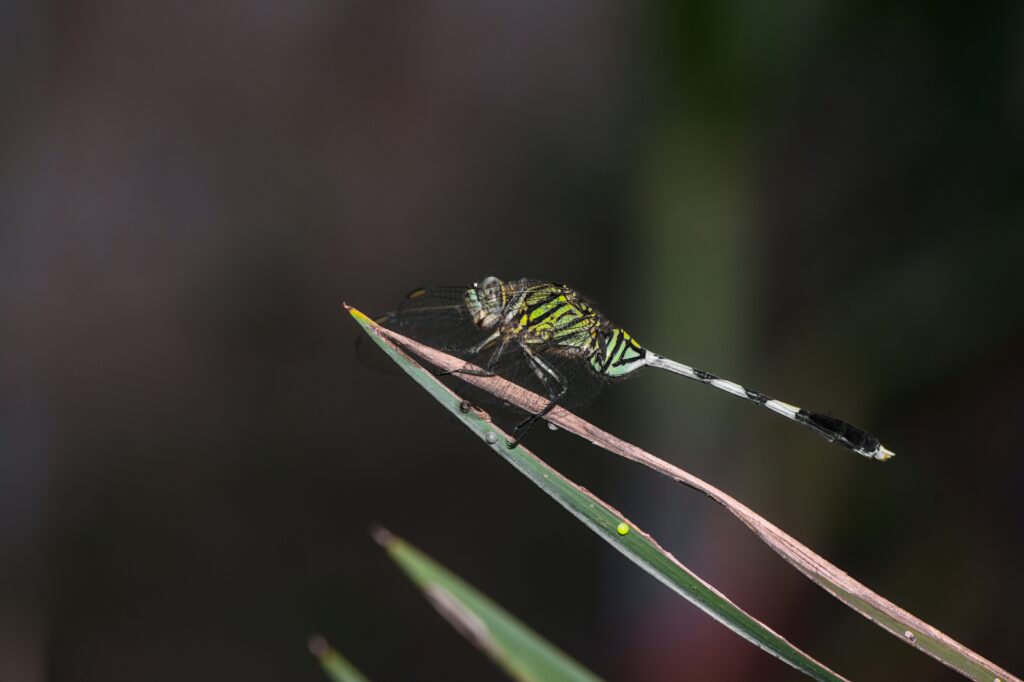In the miniature world of insects, speed is often a matter of survival. While humans marvel at the velocity of cheetahs or the acceleration of peregrine falcons, the insect kingdom harbors speed demons that operate on an entirely different scale. The Australian tiger beetle, scientifically known as Cicindela hudsoni, holds the title of the fastest insect in the world, capable of movement so rapid that the human eye struggles to track it. This remarkable creature can cover ground at a pace that would equate to a human running at over 480 miles per hour. As we explore this lightning-fast insect, we’ll discover not just its impressive speed metrics, but also how its velocity impacts its hunting, survival, and the fascinating biological adaptations that make such extraordinary movement possible.
The Australian Tiger Beetle: Speed Champion of the Insect World
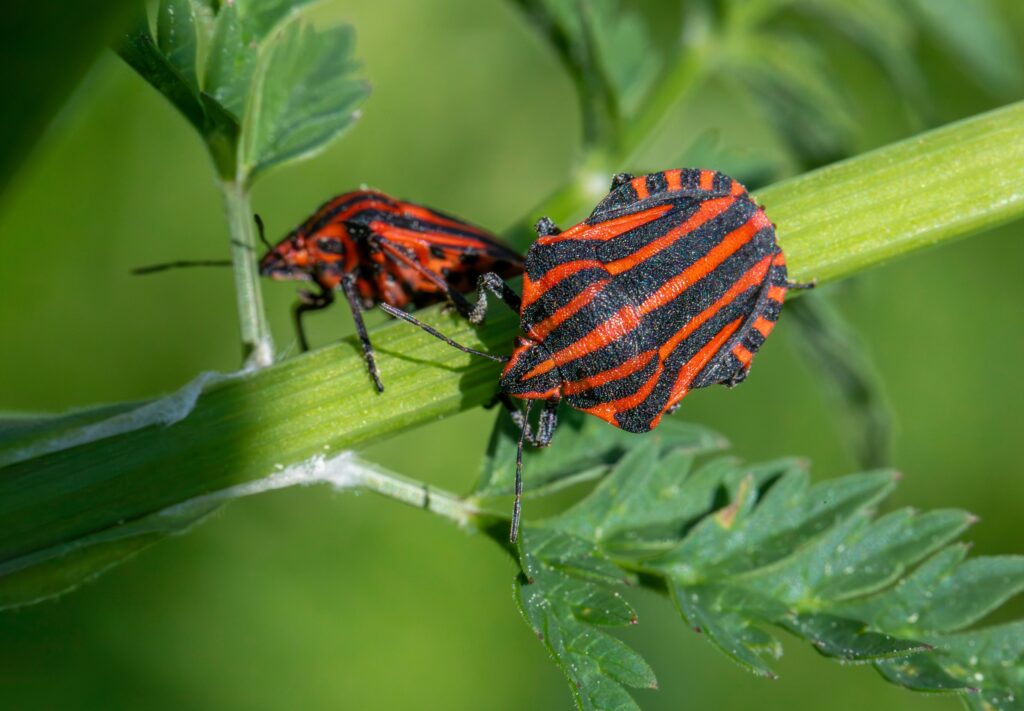
The Australian tiger beetle (Cicindela hudsoni) has been scientifically documented as the fastest running insect on Earth. This small predatory beetle can reach speeds of approximately 5.6 miles per hour (9 kilometers per hour), which may not sound impressive until you consider its size. Relative to its body length, this translates to about 171 body lengths per second, an astounding feat in the animal kingdom. To put this in perspective, if a human could move at an equivalent speed relative to body size, they would be traveling at roughly 480 miles per hour. This remarkable velocity allows the tiger beetle to pursue prey with extraordinary efficiency in the hot, sandy environments it calls home.
How Scientists Measure Insect Speed
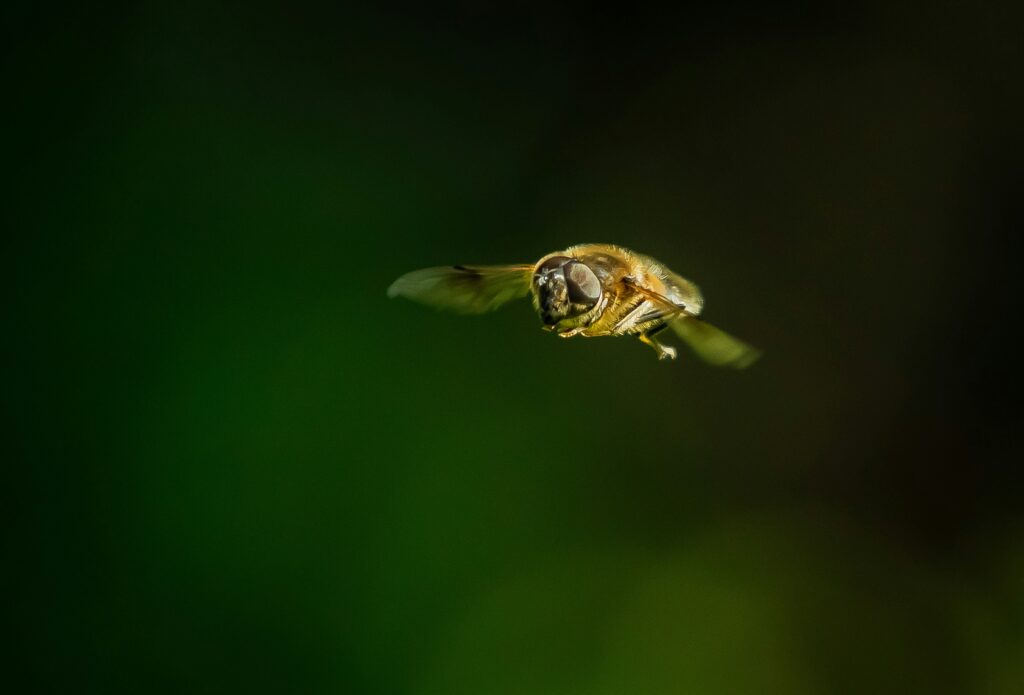
Measuring the velocity of creatures that move faster than the human eye can track requires specialized scientific equipment and methodologies. Researchers typically employ high-speed cameras capable of capturing thousands of frames per second to document the movement patterns of fast insects like the tiger beetle. These cameras, paired with precise measurement references in the filming environment, allow scientists to calculate exact distances covered in specific time intervals. Additionally, computerized tracking software helps analyze the footage frame by frame, providing accurate speed calculations and movement trajectories. In laboratory settings, controlled environments with measured running tracks give researchers the ability to record multiple trials, ensuring statistical reliability in their conclusions about insect velocity.
The Biology Behind the Speed

The extraordinary speed of the tiger beetle stems from specialized biological adaptations that have evolved over millions of years. Their legs contain powerful fast-twitch muscle fibers that contract with exceptional rapidity, providing the explosive force needed for their bursts of speed. The beetle’s exoskeleton is lightweight yet rigid, offering the perfect balance between structural support and weight efficiency. Additionally, these insects possess a heightened metabolic rate that allows for rapid energy production during hunting sprints. Their body design features a relatively large thorax that houses substantial muscle mass in proportion to their overall size, maximizing the power-to-weight ratio that is critical for high-speed movement.
The Challenge of Moving Too Fast

Interestingly, the tiger beetle’s tremendous speed creates a unique challenge—it actually moves too quickly for its own visual processing capabilities. When running at full velocity, these beetles experience what scientists call “visual blur,” meaning they temporarily go blind because their eyes cannot process images fast enough when moving at such speeds. This phenomenon forces tiger beetles to adopt a stop-and-go hunting strategy. They sprint forward in short bursts, then pause briefly to reorient themselves and locate their prey before launching another high-speed pursuit. This limitation demonstrates an evolutionary trade-off between maximum speed capability and the ability to process visual information simultaneously.
Comparing Speeds Across the Insect Kingdom

While the tiger beetle holds the record for ground speed relative to body size, other insects showcase impressive velocities in different movement categories. The common house fly, for instance, can change direction in mid-flight within 30 milliseconds, demonstrating extraordinary maneuverability if not pure speed. Dragonflies represent the fastest flying insects, reaching speeds of up to 35 miles per hour (56 kilometers per hour) when hunting or evading predators. Desert locusts can sustain flights at approximately 20 miles per hour (32 kilometers per hour) during their infamous migratory swarms. Each of these insects has evolved specialized movement adaptations suited to their ecological niches, highlighting how different environments select for various types of speed and agility.
Hunting at Hyperspeed: Predatory Advantages

The tiger beetle’s extraordinary speed serves primarily as a hunting adaptation that gives it a decisive advantage in capturing prey. When hunting, these predatory insects can accelerate from standstill to maximum velocity almost instantaneously, overtaking smaller arthropods before they have a chance to react or escape. Their high-speed pursuit abilities allow them to expand their potential prey range to include faster insects that other predators might not be able to catch. Additionally, the beetle’s stop-and-go strategy combines bursts of speed with precise targeting, creating an efficient hunting method that conserves energy while maximizing success rates. For prey animals in the tiger beetle’s habitat, even detecting the approach of this predator provides little advantage, as the beetle can cover the escape distance in mere milliseconds.
Habitat and Geographic Distribution
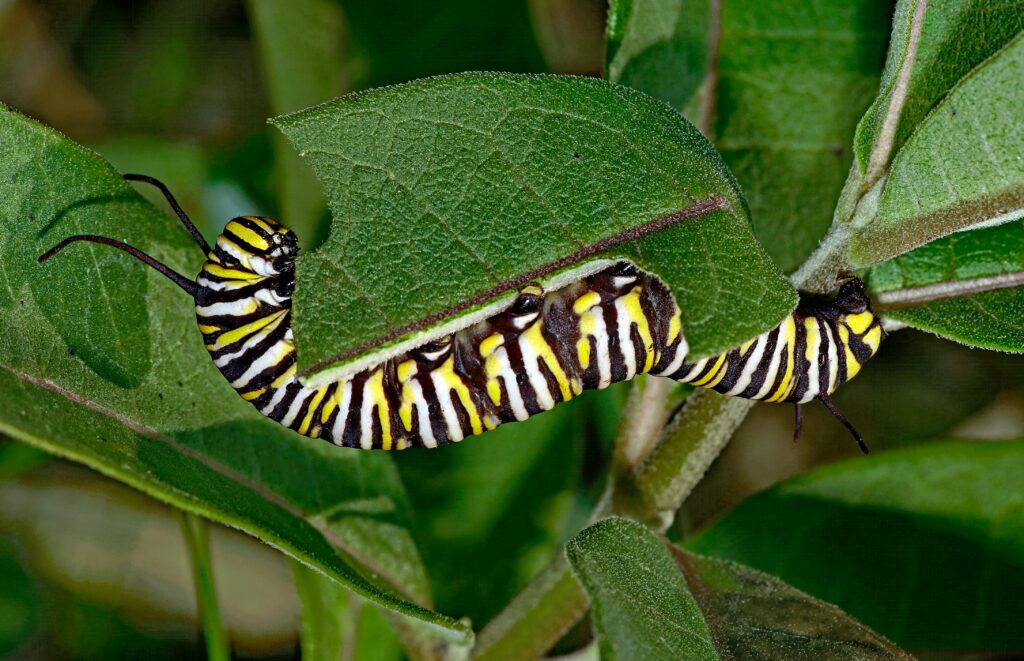
Tiger beetles, including the record-holding Australian species, typically inhabit open areas with exposed soil or sand where their speed can be fully utilized. These environments include sandy beaches, riverbanks, dunes, woodland paths, and certain desert regions across various continents. The Australian tiger beetle specifically prefers the hot, dry environments of the Australian outback, where flat terrain allows for unimpeded high-speed movement. Different tiger beetle species have adapted to specific microhabitats, with some preferring moister environments while others thrive in extremely arid conditions. The geographic distribution of these speed specialists spans almost every continent except Antarctica, with each regional variant evolving subtle adaptations to local conditions while maintaining their characteristic high-velocity hunting style.
The Evolutionary Development of Speed
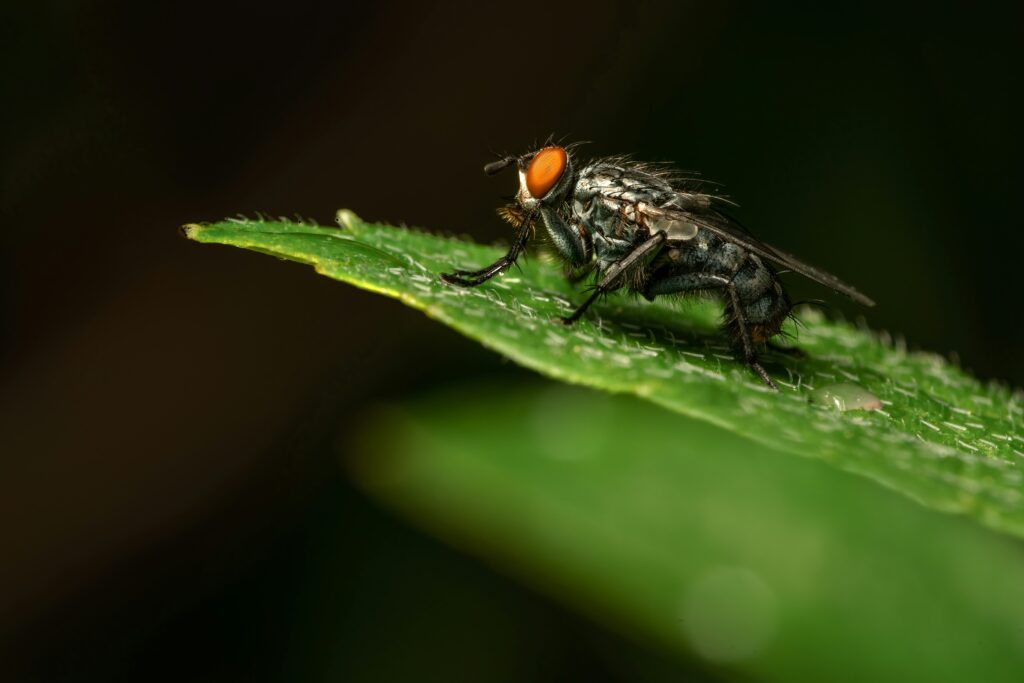
The remarkable speed of tiger beetles represents millions of years of evolutionary refinement driven by predator-prey dynamics. Early tiger beetle ancestors likely gained survival advantages from even modest improvements in movement speed, with natural selection progressively favoring faster individuals that could capture more prey and better avoid becoming prey themselves. The evolutionary arms race between predators and prey created continuous pressure to develop ever-greater velocity. Fossil evidence suggests that the basic body structure of tiger beetles has remained relatively consistent for at least 30 million years, indicating that their specialized morphology for high-speed movement evolved early in their lineage. The resulting velocity-optimized design represents a specialized evolutionary solution that few other insects have matched, highlighting how different selection pressures can lead to extraordinary adaptations.
The Mechanical Engineering Behind Insect Movement
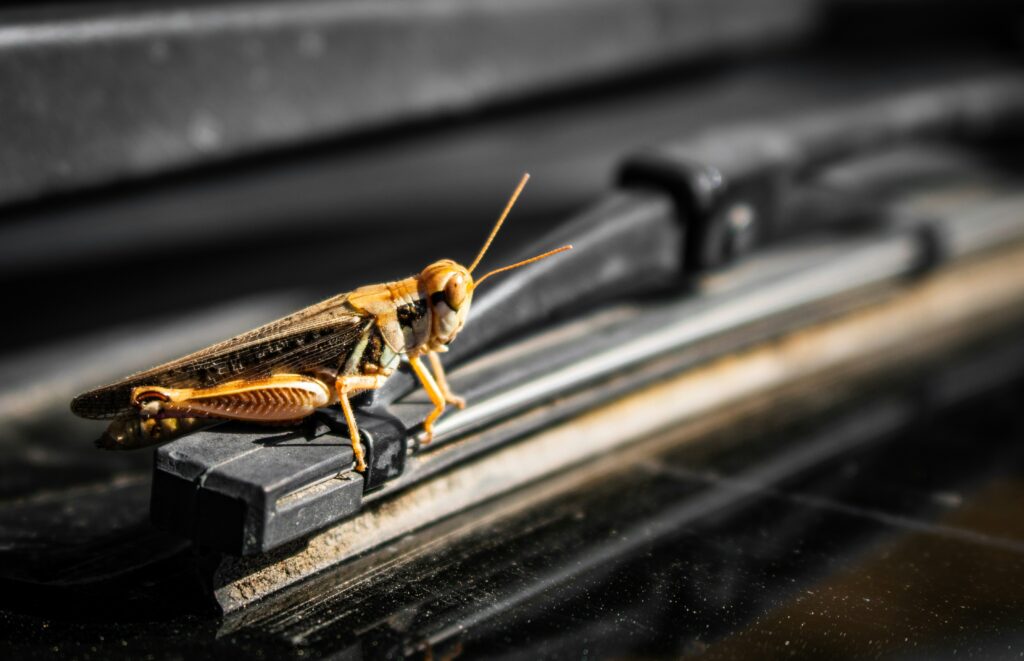
From a biomechanical perspective, the tiger beetle’s movement represents a marvel of natural engineering that has inspired human researchers in robotics and mechanical design. Their legs function through a system of exoskeletal levers and muscle attachments that maximize mechanical advantage during the power stroke of each step. The beetle’s gait involves a tripod-like movement pattern where three legs remain in contact with the ground at all times, providing stability even at extraordinary speeds. Each leg contains specialized joints that work like miniature catapults, storing and releasing energy efficiently with each stride. The ratio of leg length to body size is carefully optimized, striking the perfect balance between the stride length needed for speed and the force requirements for rapid acceleration.
Conservation Status and Environmental Threats
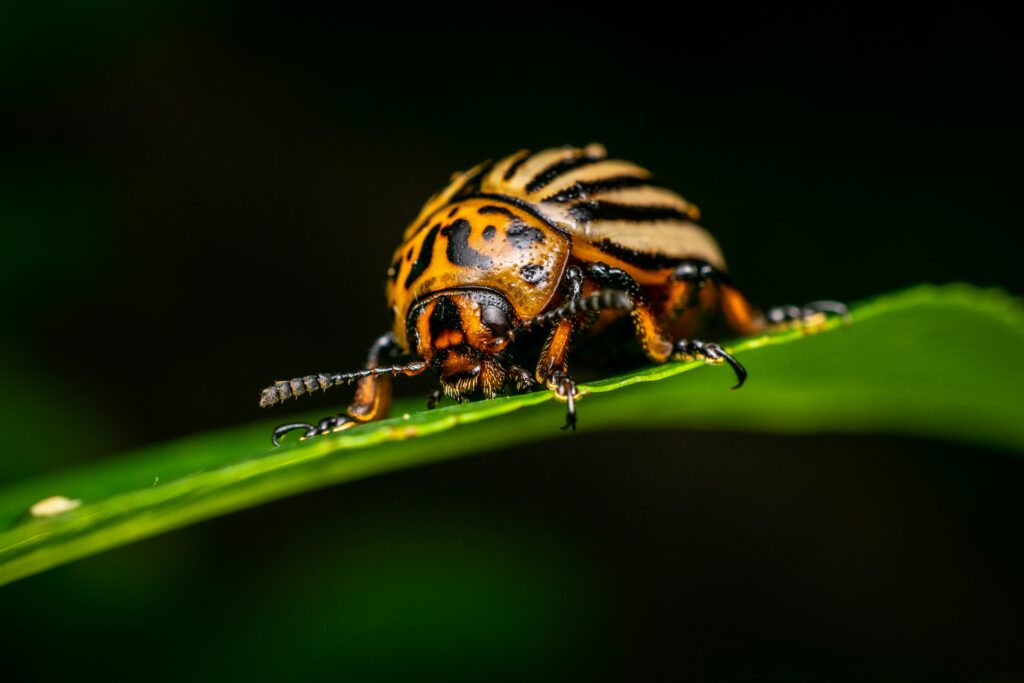
Despite their impressive physical capabilities, many tiger beetle species face increasing environmental pressures that threaten their populations. Habitat destruction represents the primary threat, as urban development, agricultural expansion, and mining activities eliminate the open sandy areas these insects require. Some tiger beetle species have highly specialized habitat requirements, making them particularly vulnerable to environmental changes and landing several species on endangered lists. Climate change poses additional challenges, as shifting temperature and precipitation patterns alter the delicate ecological balances in their native habitats. Conservation efforts for these remarkable insects include habitat preservation initiatives, breeding programs for endangered populations, and increased research to better understand their ecological requirements.
Cultural Significance and Scientific Research

The extraordinary speed of tiger beetles has captured human imagination, earning these insects recognition in both scientific literature and popular culture. Researchers continue to study their movement mechanics as models for biomimetic robotics, seeking to replicate their efficient high-speed movement in artificial systems. The beetles serve as important ecological indicators, with their presence often signaling healthy, undisturbed environments with intact food webs. For entomologists, tiger beetles represent an accessible model for studying evolutionary adaptation, predator-prey dynamics, and the biomechanics of movement. Their combination of observable behaviors, distinctive adaptations, and widespread distribution makes them ideal subjects for both professional research and citizen science initiatives that monitor environmental health.
Other Contenders for the Speed Title
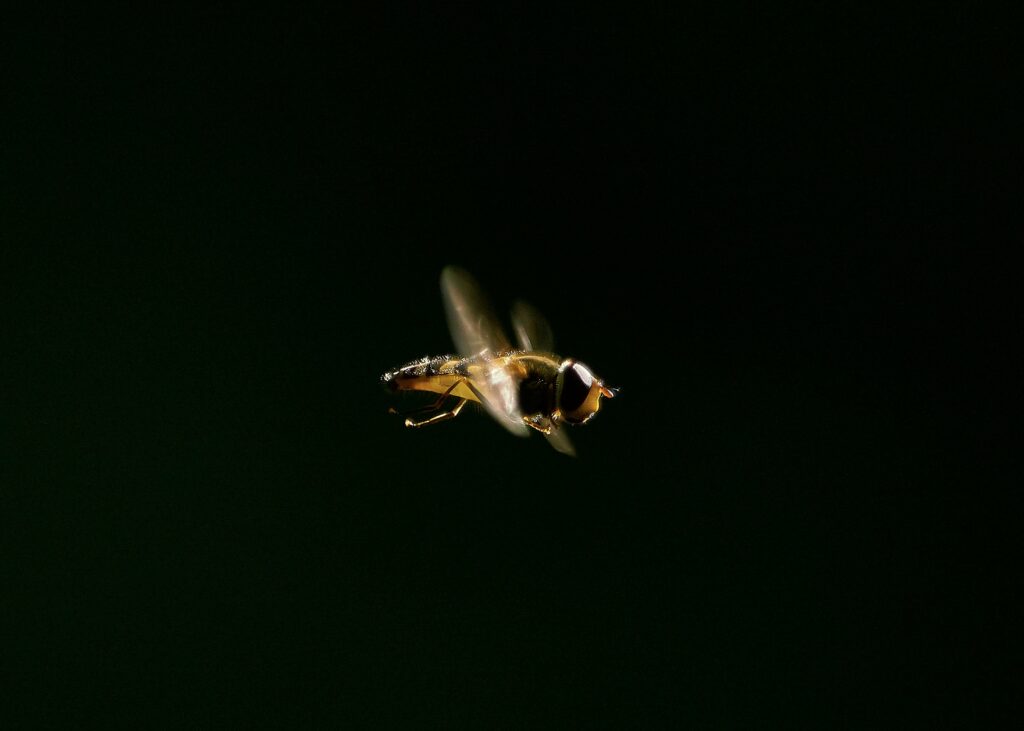
While the Australian tiger beetle holds the official record for fastest running insect relative to body size, several other insect species display remarkable velocities that deserve recognition. The American cockroach, though reviled as a pest, can run at speeds up to 3.4 miles per hour (5.4 kilometers per hour), making it one of the fastest insects in absolute terms rather than relative to body size. Certain species of hunting spiders (though technically arachnids rather than insects) can move at impressive bursts of speed when capturing prey or evading threats. The flea holds the record for jumping ability, accelerating at 100 G-forces and reaching heights equivalent to a human jumping over the Eiffel Tower. These diverse speed adaptations across the arthropod world illustrate how different evolutionary pressures can produce various forms of exceptional movement capabilities.
Photographing the Fastest Insect: Technical Challenges

Capturing clear images of the world’s fastest insect presents extraordinary technical challenges that push the boundaries of modern photography equipment. Wildlife photographers attempting to document tiger beetles in action typically require specialized high-speed cameras capable of shutter speeds exceeding 1/10,000th of a second to freeze the insect’s movement without blur. Lighting presents another major challenge, as the fast shutter speeds necessary demand extremely bright illumination, often requiring multiple flash units synchronized to fire simultaneously. Even with advanced equipment, photographers must develop specific field techniques, including predictive focusing and anticipatory positioning, to capture these speedy subjects. The resulting images, when successful, offer rare glimpses into the extraordinary world of high-speed insect movement that remains invisible to the naked human eye.
Conclusion: Speed in a Miniature World
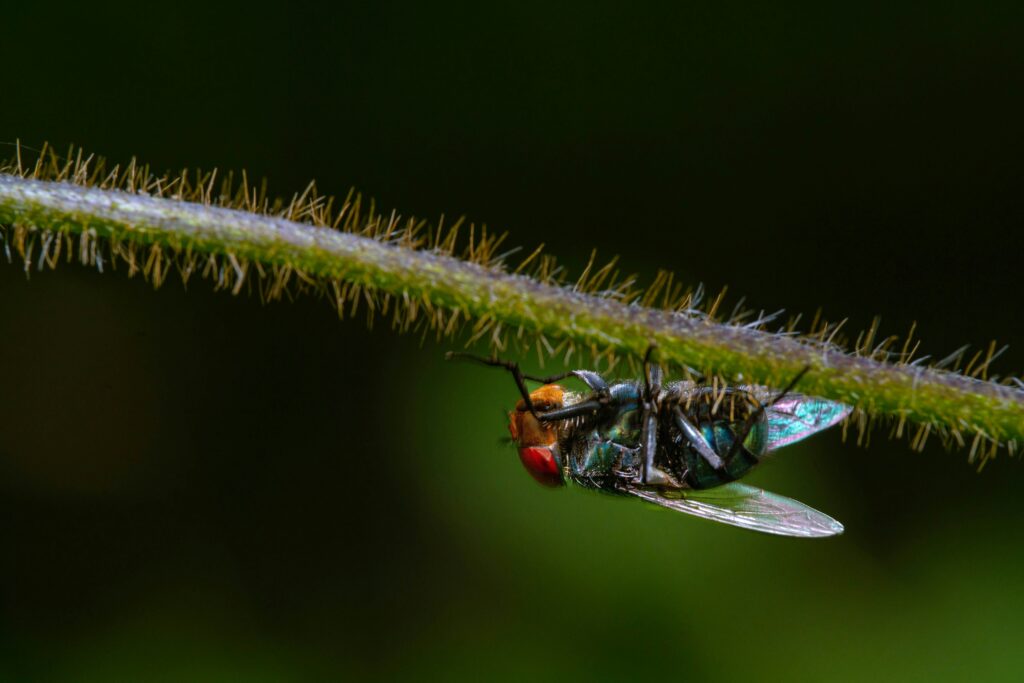
The Australian tiger beetle stands as a testament to the extraordinary capabilities that can evolve in even the smallest creatures. Its unparalleled speed relative to body size represents one of nature’s most impressive biomechanical achievements, demonstrating how evolutionary pressures can produce seemingly impossible physical feats. As we continue to study these remarkable insects, they provide valuable insights into physics, biology, and engineering principles that may inform human technological development. The next time you notice a small beetle scurrying across the ground, consider that you might be witnessing one of nature’s speed champions—an insect so fast that it literally outruns its own vision. In the world of insects, where milliseconds can mean the difference between eating and being eaten, the tiger beetle reigns supreme as the ultimate speed specialist, moving truly in the blink of an eye.

